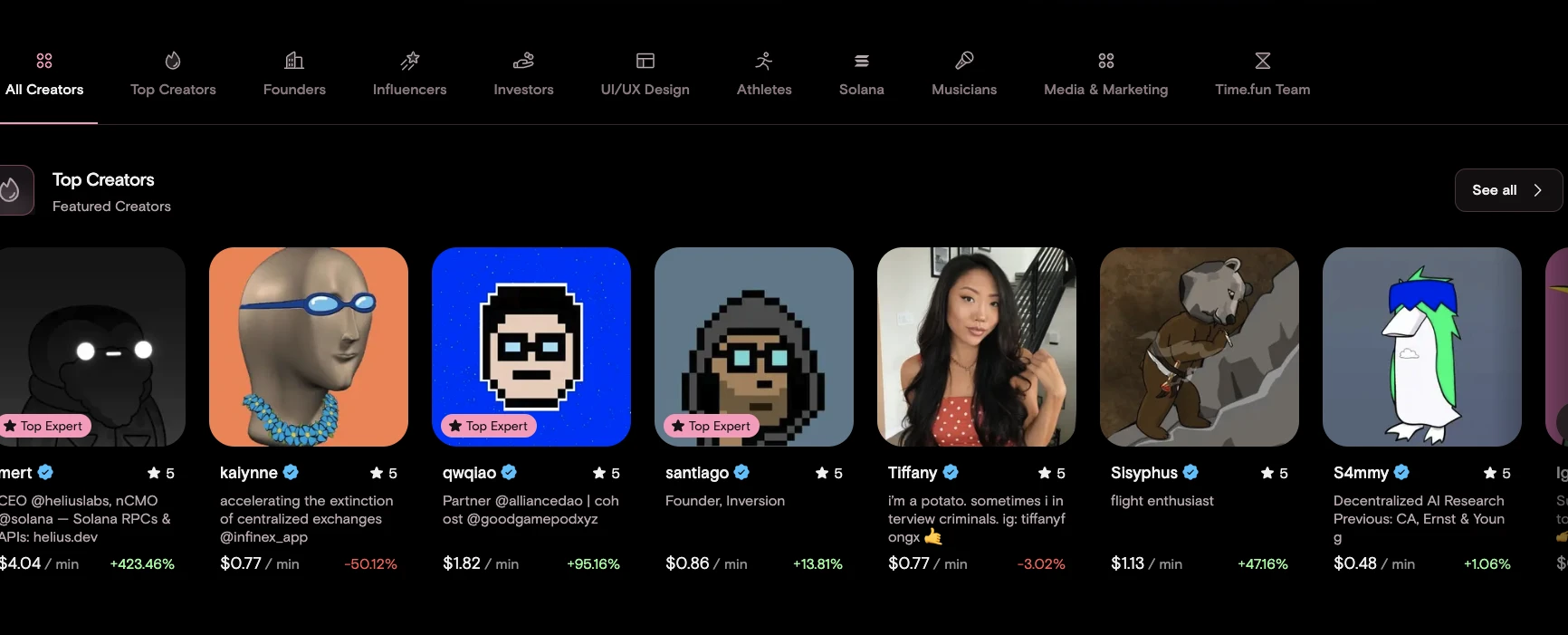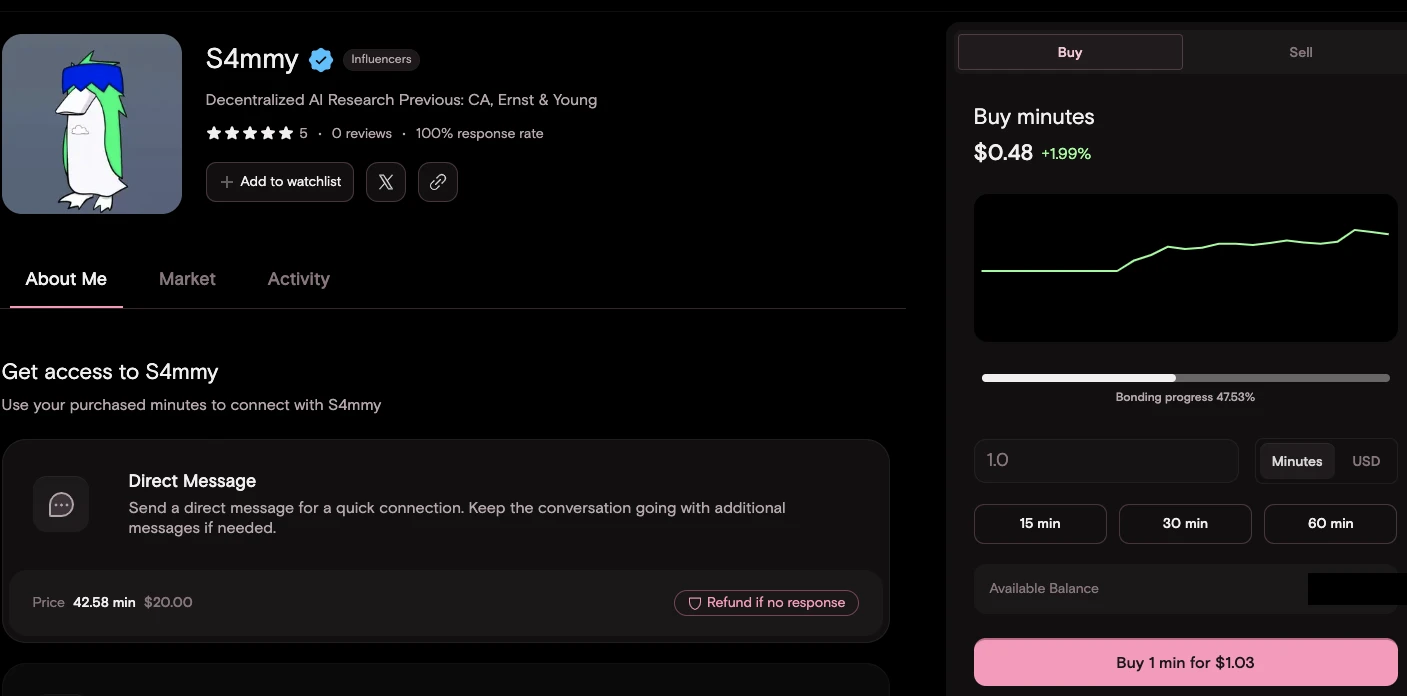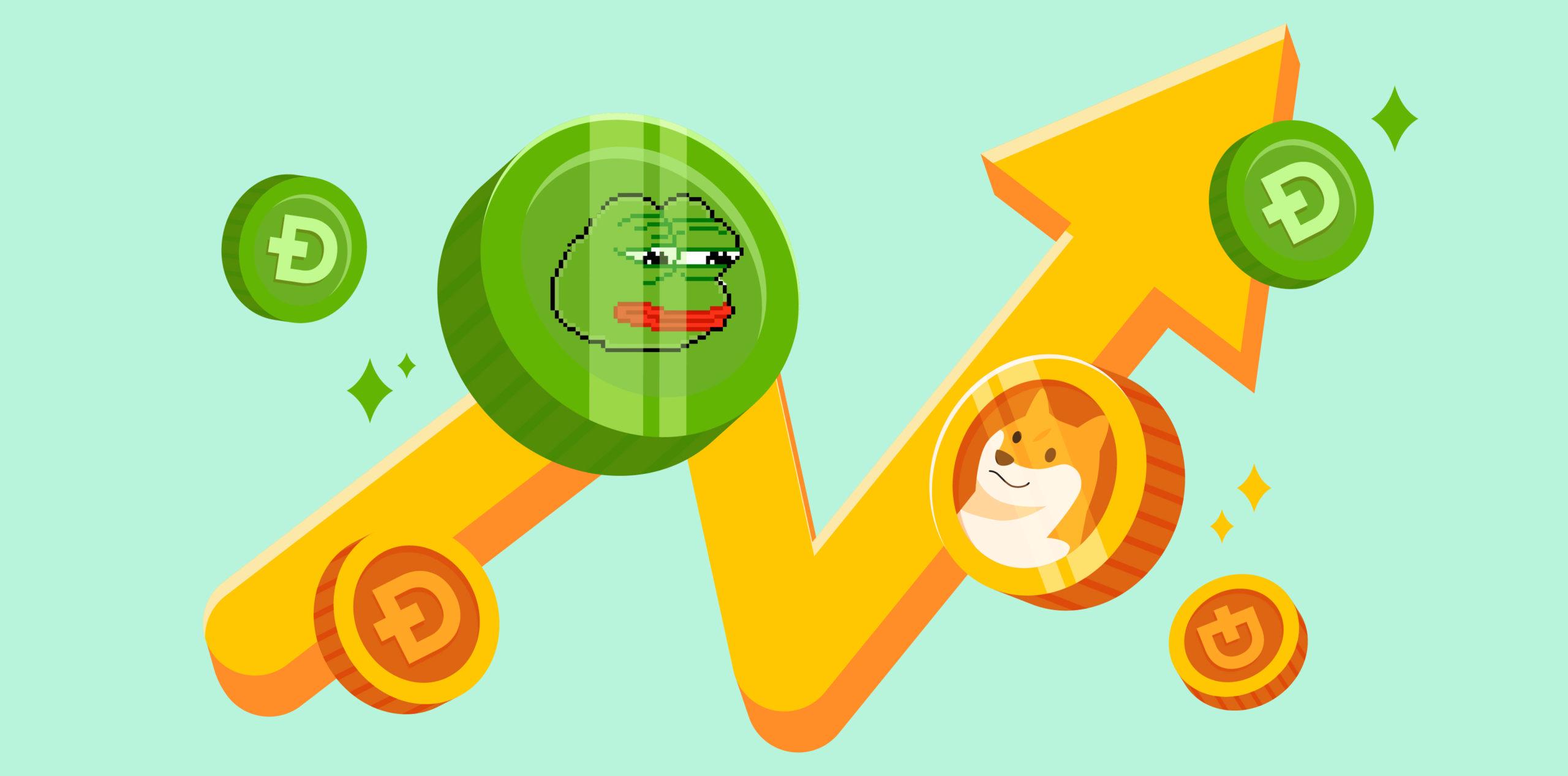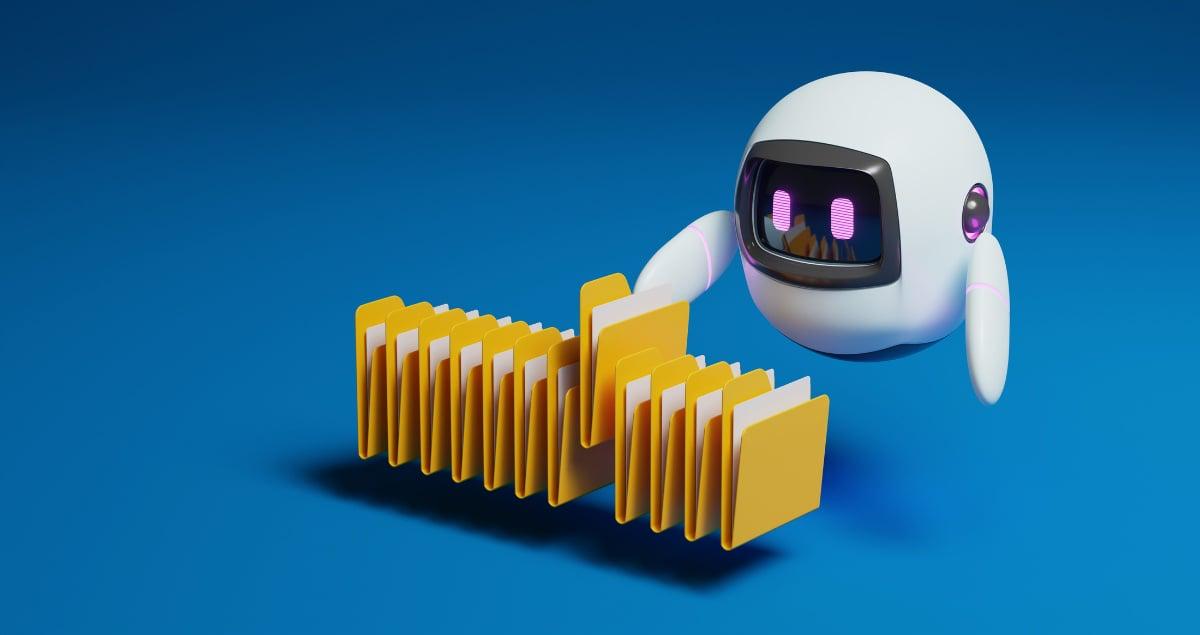Original | Odaily Planet Daily
Author: Golem
Regardless of the overall market environment, blockchain still has local hot spots. Today, the time tokenization platform time.fun on Solana has attracted the attention of market players and has received official support from Solana. Yesterday morning, Solana's official account tweeted to promote time.fun and said that many members of the Solana Foundation have created their own time tokens.
At noon today, Solana co-founder Toly also created his own token on time.fun, with a market value of up to 20 million US dollars, and now it has fallen back to 6.7 million US dollars. At the same time, he reposted time.fun on the X platform and said it was very interesting. So, how does time.fun work and how is it played? Odaily Planet Daily will briefly introduce it in this article for readers' reference.
Time.fun Platform Introduction: Time Tokenization, an Advanced Version of Friend.tech
Founded in 2024, time.fun is a platform that tokenizes time. Similar to friend.tech, it allows KOLs or influencers to tokenize their time/influence and connect with fans. But the difference is that KOLs can set prices for their private messages, group chats, and voice/video calls, and users need to spend the corresponding number of tokens to redeem. If the KOL does not respond to the private message or call invitation within 5 days, the time tokens spent by the user will be refunded.
When users trade time tokens, transaction fees are generated, most of which will be automatically deposited into the token issuer's time.fun address. At the same time, when users redeem minutes to obtain the corresponding services of KOLs, these tokens will return to the liquidity pool, and the issuer will receive more than 94% of the redemption value.
time.fun completed a $3 million seed round of financing in August 2024, led by Brevan Howard Digital, with participation from Coinbase Ventures, Breed VC, Zee Prime Capital, and Arthur Hayes' family office Maelstrom. Angel investors including Solana co-founders Anatoly Yakovenko and Raj Gokal, Helius co-founders Mert Mumtaz and Santiago Santos also participated.
time.fun originally ran in the Base ecosystem, but migrated to Solana in November 2024. Speaking of the reasons, Time.fun co-founder 0xKawz said that over the past year or so, Solana has been absolutely dominant in most aspects. At the same time, the Ethereum ecosystem is exhausting. In most cases, they only care about technology and have a self-righteous mentality... Ethereum feels like a group of philosophers looking down on ordinary people. If Ethereum cannot solve its cultural problems, Solana will continue to dominate as more builders like Time.fun choose to migrate.
Gameplay introduction: still the core of pump.fun
The gameplay of the time.fun platform is actually quite simple. Similar to pump.fun, it has internal and external markets. The user's per-minute time price is first traded on the platform's internal market. When the progress reaches 100%, it will be launched to the external market, and the liquidity will also be transferred from the joint curve to Raydium. However, unlike pump.fun, the maximum supply of tokens created on the time.fun platform is 100,000.
However, creating tokens on time.fun is not permissionless. If you want to create a token, you need to contact the team. Therefore, ordinary users can only participate in buying and selling other people’s tokens on the platform. The specific operations are as follows:
Deposit to time.fun platform
The time.fun platform requires email registration, and users can bind their own X account after registration. After successful registration, each account will automatically generate a non-custodial address. time.fun runs on the Solana network, but uses USDC for all transactions, so players need to transfer USDC to the address generated by their account.
Click the avatar in the upper right corner, pull down and select "Deposit funds" to send USDC from the exchange or other on-chain addresses.

Trading at time.fun
Generally speaking, once someone's tokens are launched to the external market, they can be traded using conventional trading tools such as GMGN. Therefore, for the launched tokens, it is recommended to use other conventional Solana trading tools to purchase them, because the current purchase experience on the time.fun platform is not good. When the author tried it himself, he failed several times. But it is worth noting that even if the address only has USDC and no SOL for Gas, the purchase can still be successful.
Click "Explore" at the top of the platform and pull down to see all tradable tokens and categories.

Click on a random token that is still in the inner disk. As shown in the figure below, the current joint curve progress is 47.53% and the price is $0.48 per minute. If the player wants to send a private message to it, it needs minutes worth $20. The player can choose the number of minutes he wants to buy on the right.

Celebrity Coin making a comeback?
In summary, time.fun can be compared to a celebrity coin issuance platform with additional holder rights. Judging from the rights provided by the platform, it is suitable for KOLs, paid knowledge communities, and entertainment anchors, etc.
Celebrity coins are not uncommon in the history of blockchain. The popular friend.tech in 2023 supports KOLs to sell personal shares on the platform, which is actually the prototype of early celebrity coins. It was originally a private community built for influential people to improve the quality of information received, but in the end it evolved into a pure consumption of KOL influence and price speculation, and almost no one cared about the content construction of the platform.
At pump.fun, celebrity coins were exposed. Entertainment stars, web2 entrepreneurs, political celebrities, and presidents all rushed to issue coins on the chain to cash in on their influence. It was not until the "savior" Argentine president issued LIBRA and reaped hundreds of millions of dollars that the market finally disenchanted celebrity coins, but at the cost of the Meme market's collapse.
0xKawz, co-founder of time.fun, once said that it is short-sighted to ask celebrities to issue tokens arbitrarily without any process, practicality or plan. Celebrity/social tokens are inevitable, but should be placed on a dedicated platform with revenue sources and practicality. Celebrities do not need to buy/sell their tokens to earn income, and they can provide structured products for fans. As users, they can speculate on celebrity tokens for income, or use the token to gain exclusive access to them.
With the strong support of Solana, can time.fun change the market's bad impression of celebrity coins, take over the baton from pump.fun, and carry the next banner for Solana? Let's wait and see.





